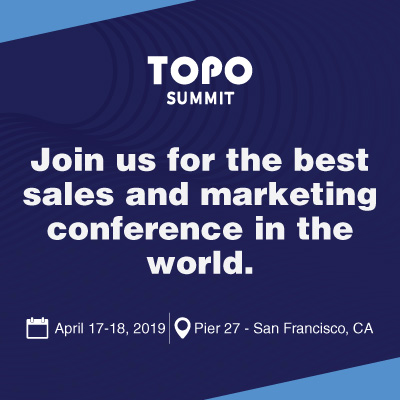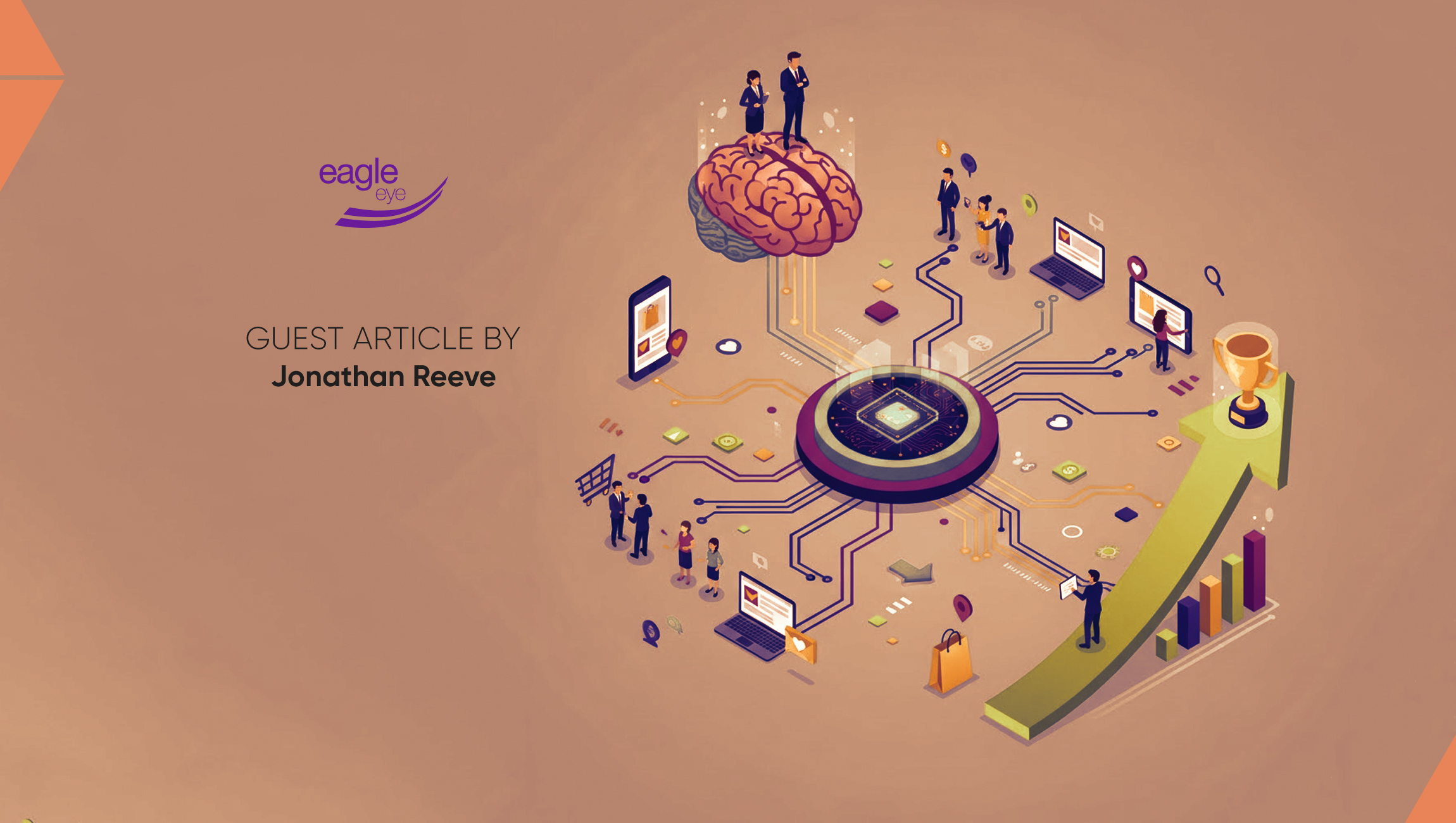Direct insights from US retail leaders at Petco and Giant Eagle offer personalisation guidance relevant for all
Customer personalisation is the new must-have element of any sophisticated operation. While customer satisfaction has always been a goal of the retail and service sectors, the level of expectation among customers has escalated in line with the efficiencies that modern digital technology has brought.
The march towards true personalisation is happening in stores and on apps across Australia and globally, driven by artificial intelligence and real-time data. The granularity retailers and marketers can view and target their customers with was simply not practically possible just several years ago.
During a recent Eagle Eye-hosted webinar, executives from Giant Eagle, Petco, and Google shared their experiences and expectations on the future of retail through the lens of real-time data and personalisation.
Justin Weinstein, Executive Vice President and Chief Marketing and Merchandising Officer at Giant Eagle, described the process of transforming a traditional loyalty program.
“We’ve been on a journey for the past number of years, in terms of how we take this really storied loyalty program, which was fuel perks, and how we turn it into this more digitally native, more personalised, more targeted program that is now My Perks,” he said.
“The rubber really meets the road in terms of driving relevance in the touchpoints that matter most. We’ve really tried to use that as the thrust for the moment of purchase, the moment of planning, and the moment post-purchase. How do you create the right moments that ultimately lead the customer to say, ‘Wow I saw value in that interaction’?
“As we think about retail media and loyalty, the big focus that we have is we’ve moved towards the one unified platform that has a digital underpinning to it. We’re thinking about how we create the right journeys that are simple in how they come to life for the customer but complicated in terms of how we ultimately need to set them up.”
Personalisation and Data
A true real-time data and one-to-one personalisation journey requires more than new technology. It also demands a change in how retailers think about customer relationships. One interesting example of this was highlighted by Tara Dalrymple, Senior Group Product Manager at Petco, a company which faces a particularly interesting challenge because they serve both pet parents and their pets.
“We don’t get to just serve the person who’s actually paying the money for the products, but we’re actually serving the pet as well. So our approach to loyalty has to really reflect that dual relationship between pet parent and pet,” she said.
“Over the years we’ve been focused on building a more complete view of each customer and their pet. That way we can tailor our experiences in more meaningful ways, whether that’s surfacing food recommendations based on breed and age or sending reminders for upcoming vet visits or grooming appointments.
“We’re really there to support customers through the full pet care journey, not just reward their individual transactions. Our goal at the end of the day is to make our customers feel like we know them and that we’re helping them do what’s best for them, for their pet at every step of the way.”
This level of personalisation only works with the right data infrastructure, which isn’t a given for all companies, according to Paul Tepfenhart, Google’s Global Director of Retail and Consumer Strategy and Solutions. Tepfenhart pointed out that data and data silos remain among the first major obstacles for most retailers.
“We see across the board, there’s great data that retailers collect, they have enormous amounts of data. The problem is, it’s siloed, hard to get at. Sometimes you can’t pry it out with a pry bar,” he said.
The solution, Tepfenhart suggests, is to create universally accessible data sets that enable real-time processing. Making existing data work harder, rather than collecting more information, is also an important consideration.
“When I think about what Google’s emphasised and really focused on, it has been making that data accessible, scalable and then open doors for real-time processing, both in receiving data and then running all the cool things that Tara and Justin are working on.
“For me every AI project turns into a data project. We start with data as the biggest challenge, but there’s also an org component, getting the organisation behind it.”
For Giant Eagle, real-time capabilities are also a product of trust from customers who share an email address, engage with the store through its app, and make their preferences known.
“Through the data framework that we’ve been able to build, to be able to pull the different signals that the customer is telling us that ultimately creates the impact. There’s a whole bunch of moments throughout the journey that matter, but there’s only a few of them that we can really influence in a meaningful way.
“One of those happens around the planning phase, the other happens in store, which is really where all the magic happens, and then how do we make a customer feel really good post transaction about what they just did?”
“We’ve taken a unique spin on how perks work and loyalty currency, that’s really all about free groceries and gas.
“Those moments where we can drive that next trip through creating that genuine connection with the customer, sharing with them what they saved previously and what they’re going to save the next time. It’s simple, but it’s really impactful in terms of making our customers feel valued.”
The technical infrastructure supporting these experiences has advanced considerably. As Google’s Tepfenhart noted.
“For 10 years, we’ve been talking about personalisation and selling the concept, it was glorified segmentation, right? We’re now in the age of true personalisation and real time is the cornerstone,” he said.
Getting Retail Media Right
Retail media has emerged as a massive opportunity, projected to reach $140 billion by 2026. It has the power to boost the reach of retailers as well as strengthen their merchant partners’ marketing power. However, Justin Weinstein noted that many partners still struggle to understand its value.
“We hear it from partners of ours who will say things like, ‘I’m not sure I quite get the retail media ROI’,” he said.
“In its simplest form, retail media is taking what used to exist as a paper flyer or a paper direct mail, and it’s being able to version that across a whole host of different channels, a whole host of different platforms, not to mention TikTok and Instagram and others,” he said.
“Retail media is really about how you expand the mediums that we’re able to ultimately go and sell to partners. We really want to be at a place where all of our merchants are fluent in what our retail media offerings are.”
The greater understanding across the whole ecosystem will ensure retail media can be used to its full potential, including personalisation. A blanket offering system, where all offers are exposed to every customer, creates a nuisance of scrolling to find something relevant.
Getting retail media personalisation right saves time, and relevance is critical for maintaining trust, as Tara Dalrymple also highlighted.
“I think one of the key areas there is you have to be really mindful of your customers’ trust. If we know you have a dog, and then we serve you an ad for cat litter, you’re probably going to be like, ‘Why is Petco trying to sell me cat litter?’,” she said.
“You have to be extremely mindful about the ads that you’re serving to your customers, obviously that’s where a good personalisation layer comes in. Your merchants and your vendors are going to be really appreciative that you have that lever to pull when you’re looking at [retail media networks].
“Whenever we’re chatting with the vendors, they’re always really excited about some of the additional levers that we’re pulling or able to pull on their behalf.”
Looking further to the brand and merchant side of the aisle, when asked what consumer packaged goods brands wanted from retail media investments, Paul Tepfenhart drew on his Procter & Gamble experience.
“I can tell you, beyond a shadow of a doubt, when I go invest money, what I want is sales. Secondarily, sure, we want brand building, but we’ll get that across through a variety of methods,” he said.
“The more a retailer could provide some incredible lift, I’m willing to pay whatever if the value equation works out. That’s why retail media is going to be famous, and that’s why AI is the power underneath it.”
Marketing Technology News: MarTech Interview With Chris Golec, Founder and CEO at Channel99
Preparing for an AI-Powered Future
The question of how AI will reshape retail organisations sparked perhaps the most candid moment of the webinar. When asked about the impact on commercial structures, jobs, and headcount, Justin Weinstein didn’t mince words.
“I think anyone who says they know is lying. I don’t think we know the full extent of how it’s going to impact it,” he said.
“We’ve talked about AI being a big change for our businesses, it’s also a huge step change for the customer.”
Weinstein explained the change from traditional web-based product research and reading reviews to AI-based querying, where an LLM can now provide you with answers to all your questions.
“I raise that in this context because it puts the burden on us as retailers to help save time for the consumer. They’re not going to have time or the patience to want to wade through some of the experiences that are today very standard inside of retail,” he said.
“As retailers and partners to our CPG friends, we really need to be thinking about how we take time out and be on the leading edge of serving up the things that matter. I think that means having more connected teams, breaking down siloes and not having to have six different conversations with six different teams to get to the same outcome.
“That ultimately means more accountability inside organisations where people have the ability to make decisions and move things forward. That’s a really big seachange that starts with the customer and is going to be put on our backs.”
Tara Dalrymple also acknowledged the push that AI adoption by customers would have on organisations.
“Customer expectations are going to change rapidly and we’re going to have to adjust so I think we have a lot of work to do on our side. Its a question I think everyone is asking right now.
Despite the changes organisations may undergo to be more responsive to the heightened expectations of AI-informed customers, there will be more jobs required, not fewer, according to Paul Tepfenhart, though he warned that companies needed to get ready.
“It’s incredibly important to have an org plan as you go through and establish your AI. I think it’s one of the biggest gaps that I see when folks are struggling. It really comes down to getting people educated, getting them over the hump of the fear factor, the job is going to change,” he said.
“The hard truth is that it’s not going to be this enormous impact in terms of huge job reduction numbers. What really is going to be is you’re going to need people that are AI savvy, that are AI skilled.
“If you don’t embrace it and don’t move forward, your job is going to be replaced, but it’s not necessarily by pure AI. It’s going to be by somebody who invested the time to become capable of it.”
Eagle Eye’s Jeff Baskin, who mediated the discussion, mentioned advising his children about AI literacy for this very reason.
“I tell them almost on a daily basis that you don’t need to build it but you gotta understand it and you should really figure out how to use it,” he said.
“It’s going to make you more efficient, it’s going to make whoever you end up working with more efficient, and put you at the top of the list when looking for a job.”
The webinar revealed a retail landscape in transition, where traditional boundaries between marketing, merchandising, and media are dissolving.
Success requires not just new technology but fundamental shifts in thinking. The panel discussed how the organisations winning in this new era are those willing to experiment, fail fast, and continuously adapt to meet customers where they are, with exactly what they need, precisely when they need it.
This article featured a small slice of the full discussion covering modern loyalty, personalisation, retail media and AI. To access the full on demand webinar with many more insights and comments, visit this link.
Marketing Technology News: What It Takes to Build a Unified Identity Framework That Supports Accurate Attribution and Incrementality






